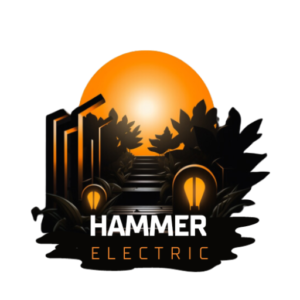Terminology and Applications:
– Bevel is not used to refer to a chamfer in machining.
– Chamfers are used to ease sharp edges for safety and to prevent damage.
– Chamfers may be considered a type of bevel and the terms are often used interchangeably.
– In furniture-making, a larks tongue is a chamfer that ends in a gradual outward curve.
– Fillet is the rounding-off of an interior corner, while round or radius is the rounding of an outside one.
– Chamfers are used in furniture such as counters and table tops to ease sharp edges.
– Rounded edges in furniture are called bullnosed.
– Special tools like chamfer mills and chamfer planes are sometimes used.
Architecture and Urban Planning:
– Chamfers are commonly used in architecture for functional and aesthetic reasons.
– The base of the Taj Mahal has chamfered corners, creating an octagonal footprint.
– Chamfers are used in the construction of gates and corbels in architectural designs.
– Many city blocks in Barcelona and Valencia, Spain, have chamfered corners.
– Chamfering in urban planning provides broader perspectives and pleasant pedestrian areas.
– Chamfered corners in Barcelona’s Eixample district allow for easier turning and parking spaces.
– Chamfered corners in Ponce, Puerto Rico, enhance the historic charm of the city.
Mechanical Engineering and Assembly:
– Chamfers facilitate the assembly of parts designed for interference fit.
– Resilient materials like fluid power seals require shallower chamfer angles.
– Chamfers are used to clear interior radii and other features during assembly.
– Chamfers prevent injuries and damage to components, especially with hard materials.
– Chamfered edges are more resistant to bruising during assembly and maintenance.
Benefits in Safety and Damage Prevention:
– Chamfers are used to ease sharp edges for safety and to prevent damage.
– Chamfers prevent injuries and damage to components, especially with hard materials.
– Chamfered edges are more resistant to bruising during assembly and maintenance.
Specific Examples:
– In furniture-making, a larks tongue is a chamfer that ends in a gradual outward curve.
– The base of the Taj Mahal has chamfered corners, creating an octagonal footprint.
– Many city blocks in Barcelona and Valencia, Spain, have chamfered corners.
– Chamfered corners in Barcelona’s Eixample district allow for easier turning and parking spaces.
– Chamfered corners in Ponce, Puerto Rico, enhance the historic charm of the city. Source: https://en.wikipedia.org/wiki/Chamfer
This article needs additional citations for verification. (April 2019) |
A chamfer /ˈʃæm.fər/ or /ˈtʃæm.fər/ is a transitional edge between two faces of an object. Sometimes defined as a form of bevel, it is often created at a 45° angle between two adjoining right-angled faces.

Chamfers are frequently used in machining, carpentry, furniture, concrete formwork, mirrors, and to facilitate assembly of many mechanical engineering designs.
